The 718 Spyder is, being a soft-top, less aerodynamically efficient. However, it makes use of a rear spoiler that rises at 74mph and is the first Boxster to feature a rear diffuser and generate downforce at the rear axle. The hood itself, which continues the distinctive look of previous Spyders, is still manually operated. Porsche claims it can be stowed away in “just a few steps”.
Chassis: shared between both for the first time
Unlike previous generations of the Spyder and GT4, both cars now feature the same GT chassis underneath. Raceinspired spring and strut front and rear axles feature, along with a Porsche Active Suspension Management damping system that’s 30mm lower than standard variants. It’s claimed to be “specifically designed for use on the racetrack”.
The Porsche Stability Management (PSM) system is tweaked to be less obtrusive, and torque vectoring with a mechanical rear differential lock features. Both again have the option of a ceramic braking set-up, alongside the standard track-focused aluminium mono-bloc fixed-caliper system. The 718 Spyder also uses the same Porsche-specific high-performance tyres, made by Michelin, as the GT4.
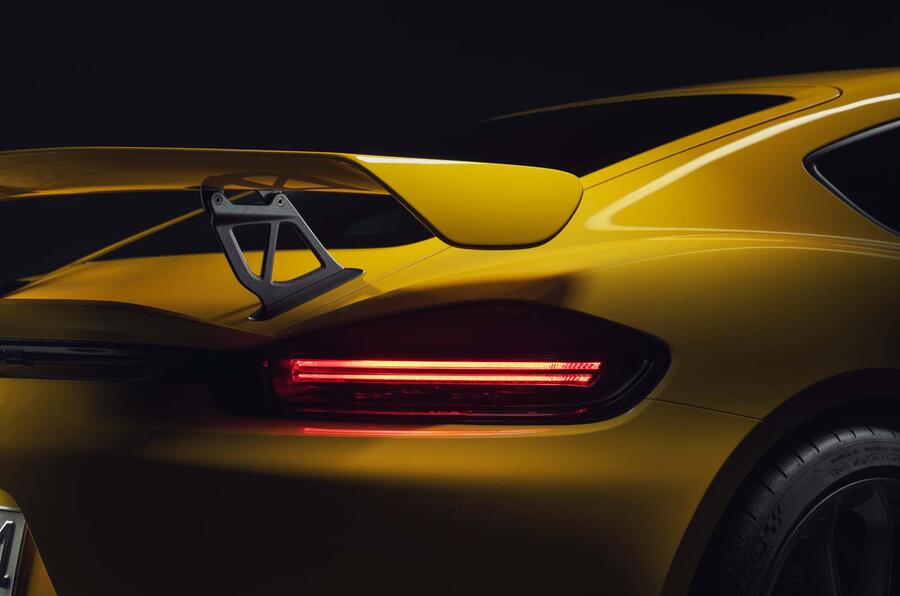
Porsche claims the alterations and extra power enable the Cayman GT4 to lap the Nürburgring Nordschleife more than 10 seconds quicker than its predecessor.
The firm hasn’t released specific details about the interior of either car, beyond the images you see here. But it’s apparent that the new GT4 retains many details of the previous version, including fabric door pulls in place of traditional handles, bodycoloured seatbelts and the removal of the infotainment system, which in the old car could be reinstalled as a no-cost option. The Spyder, on the other hand, appears to retain standard door handles and its infotainment system. Each has copious amounts of Alcantara.
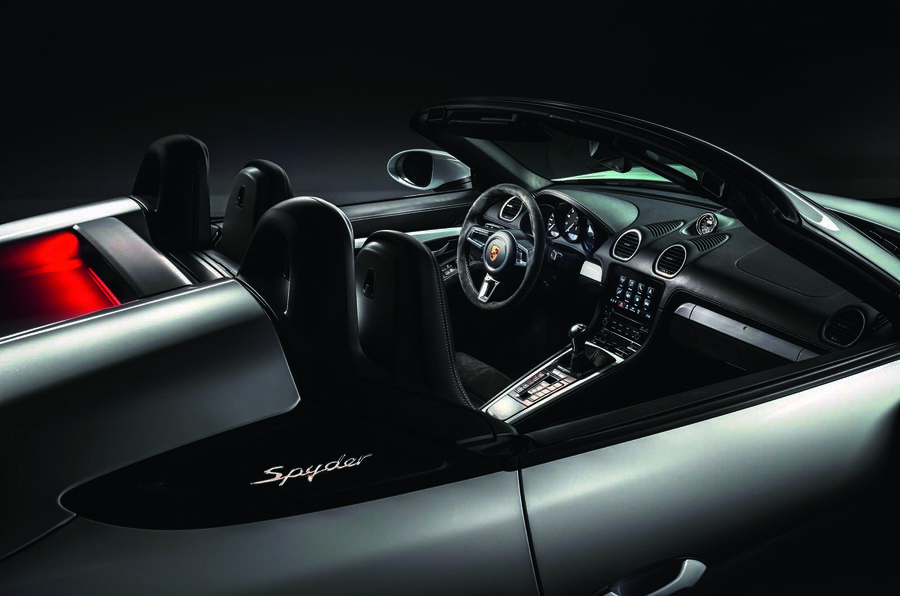
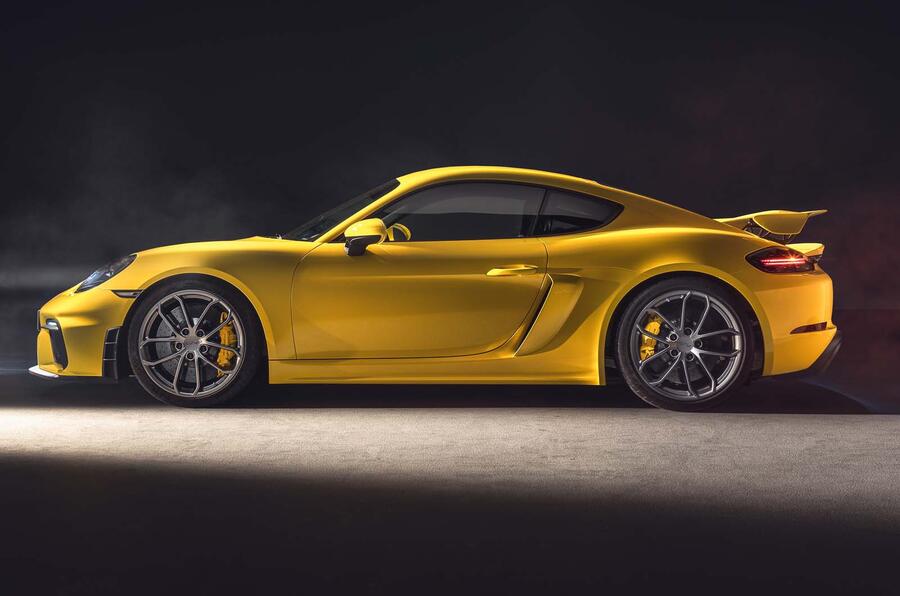

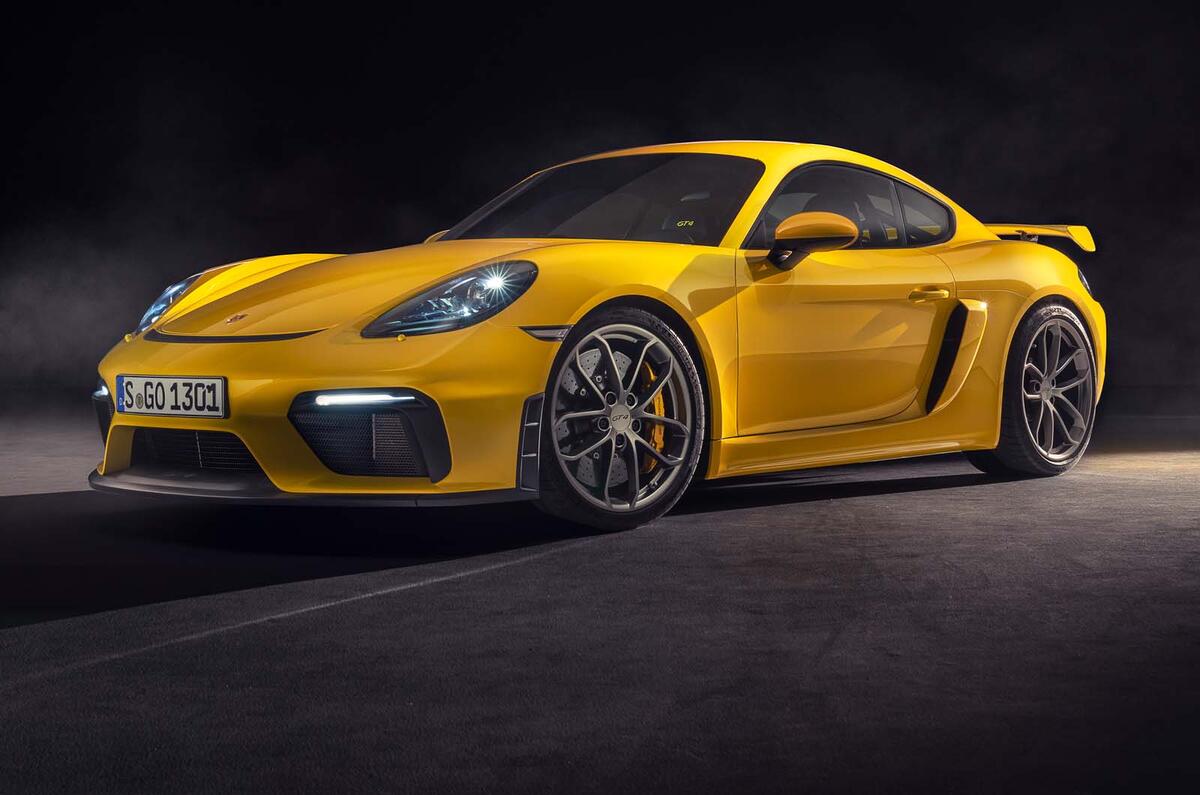
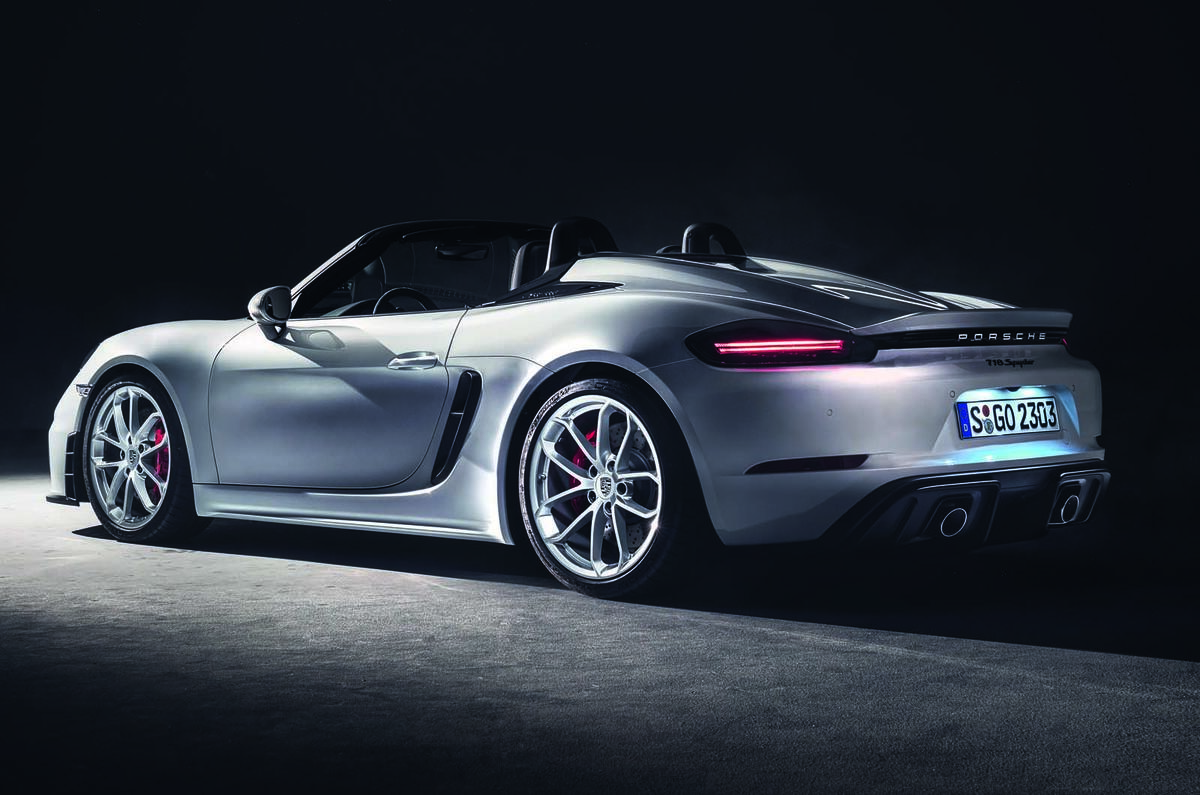
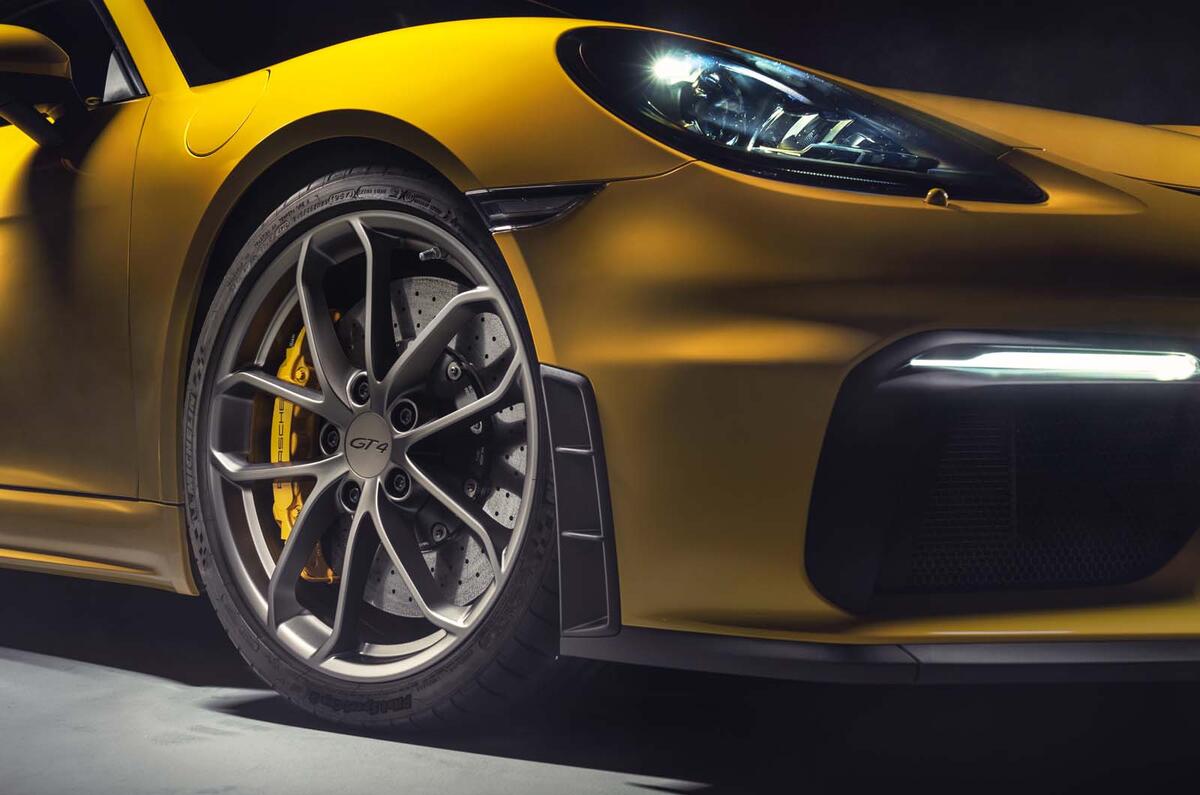
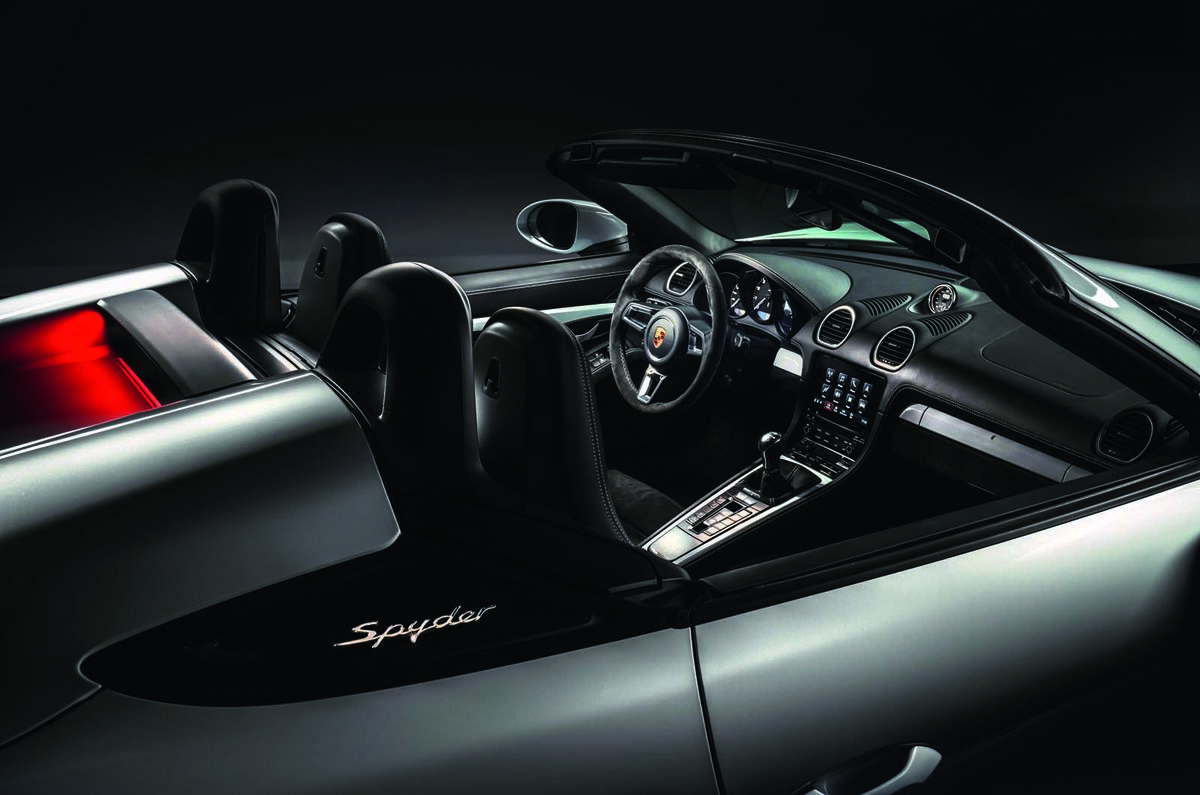
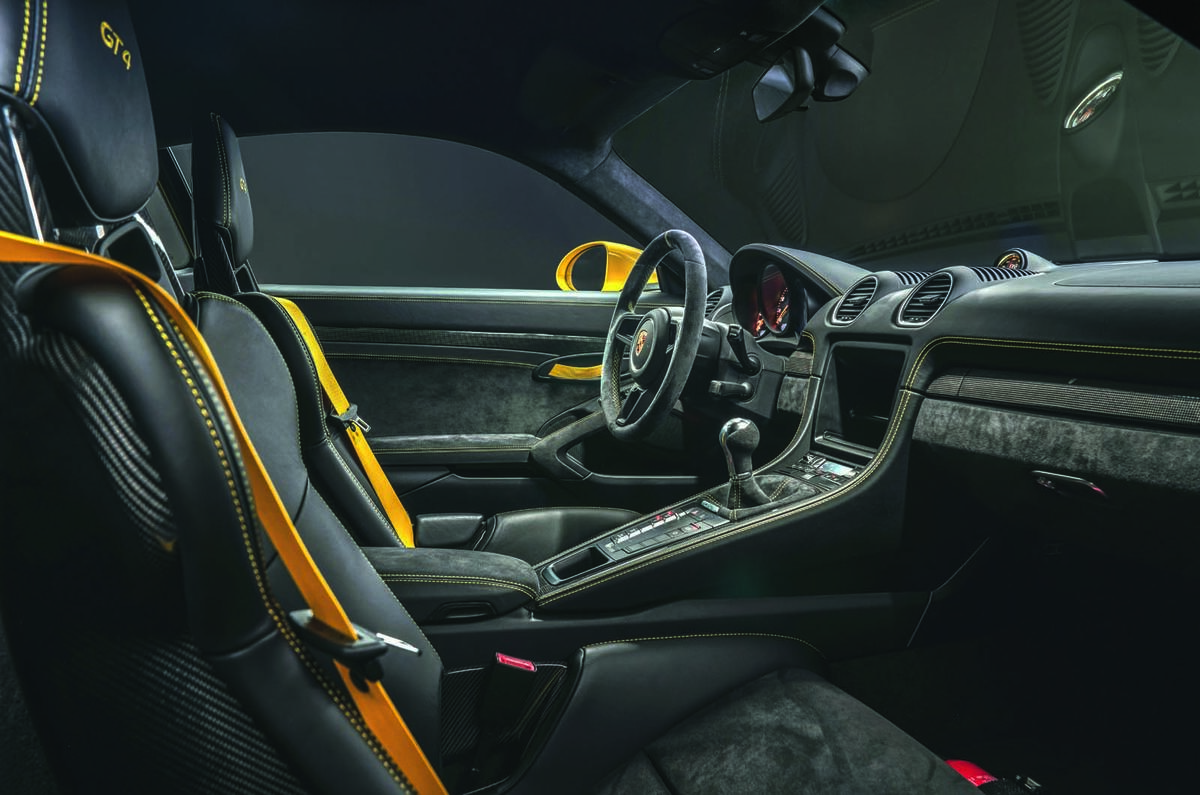
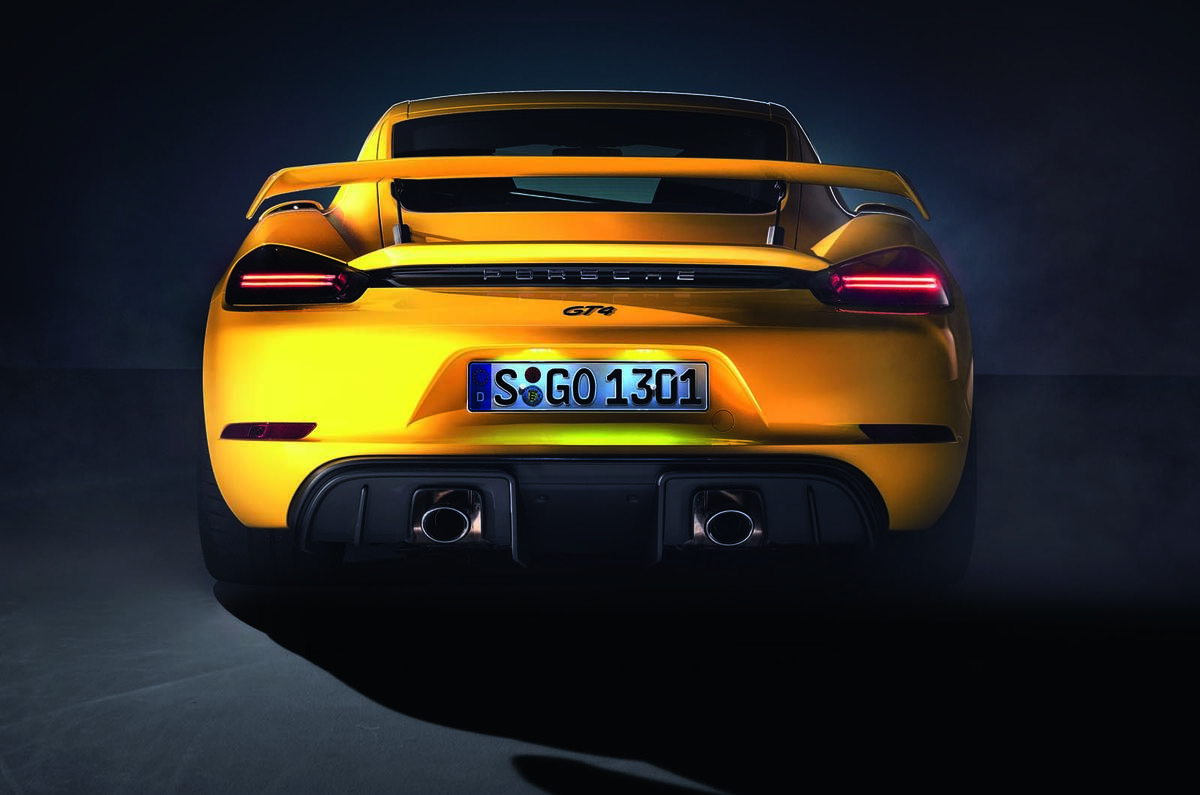
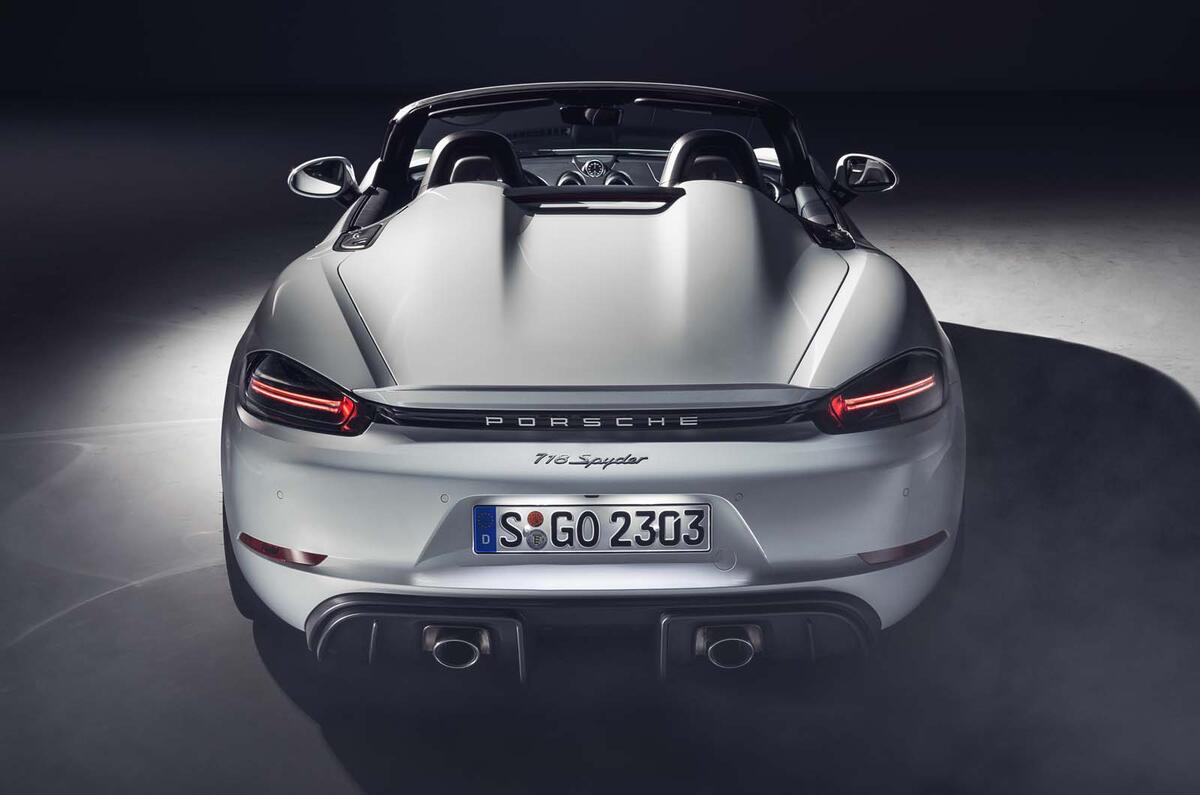
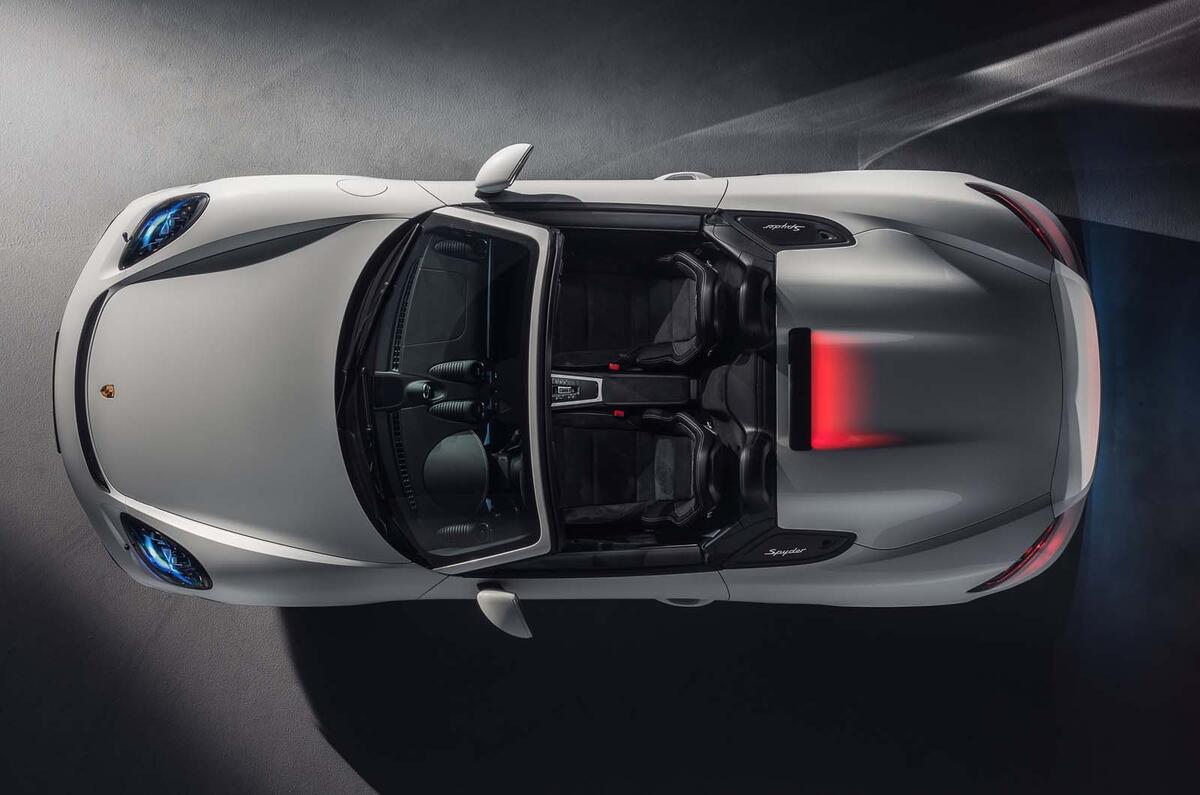
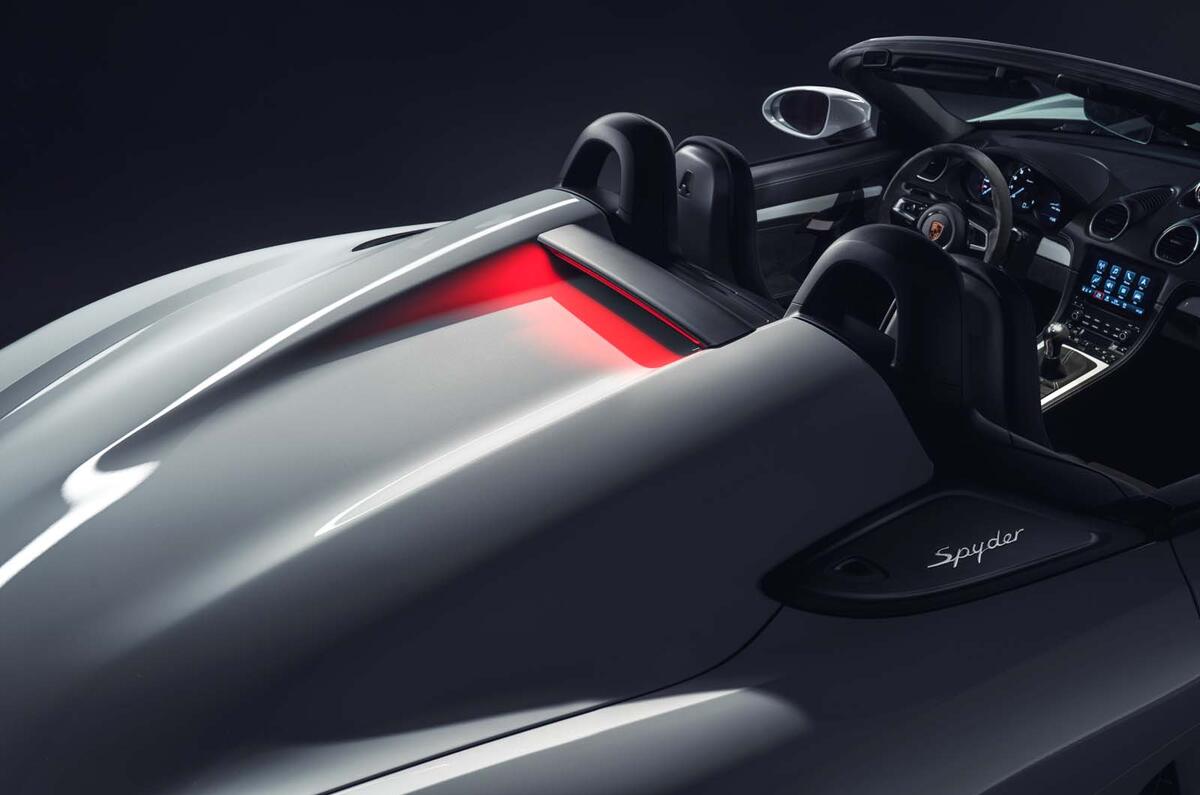
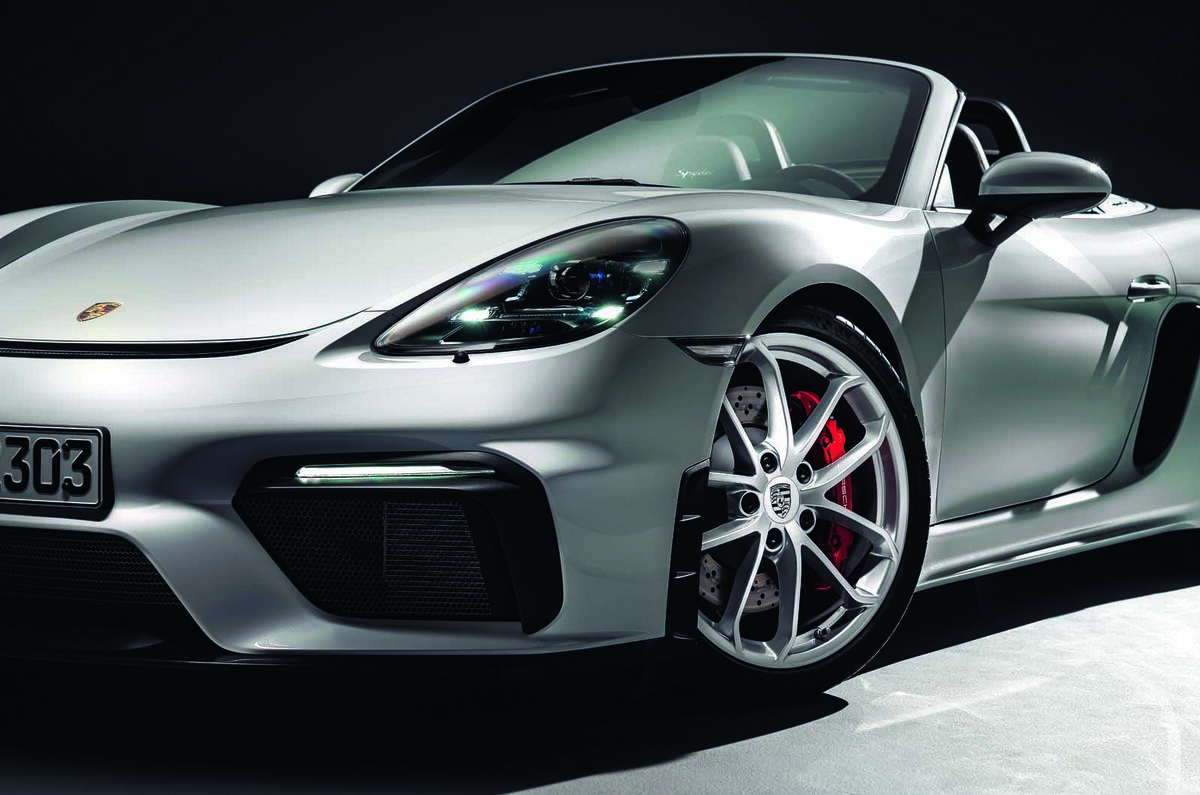


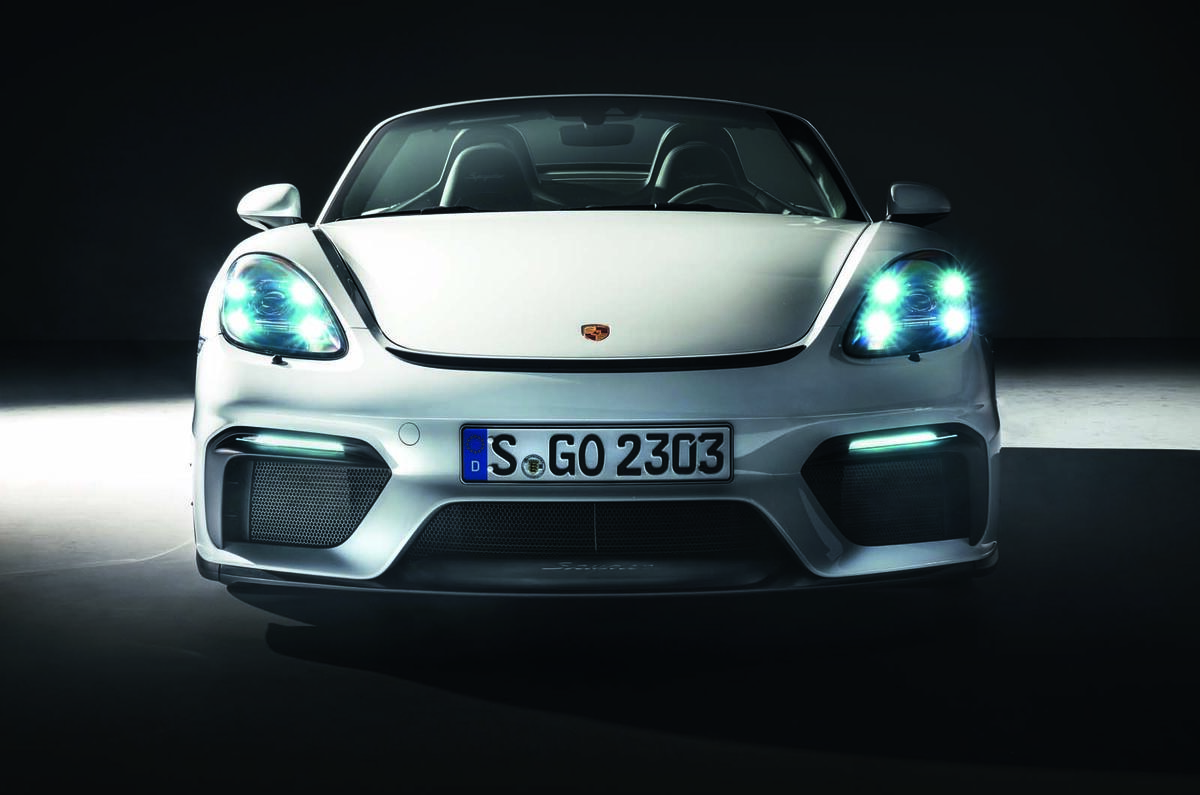
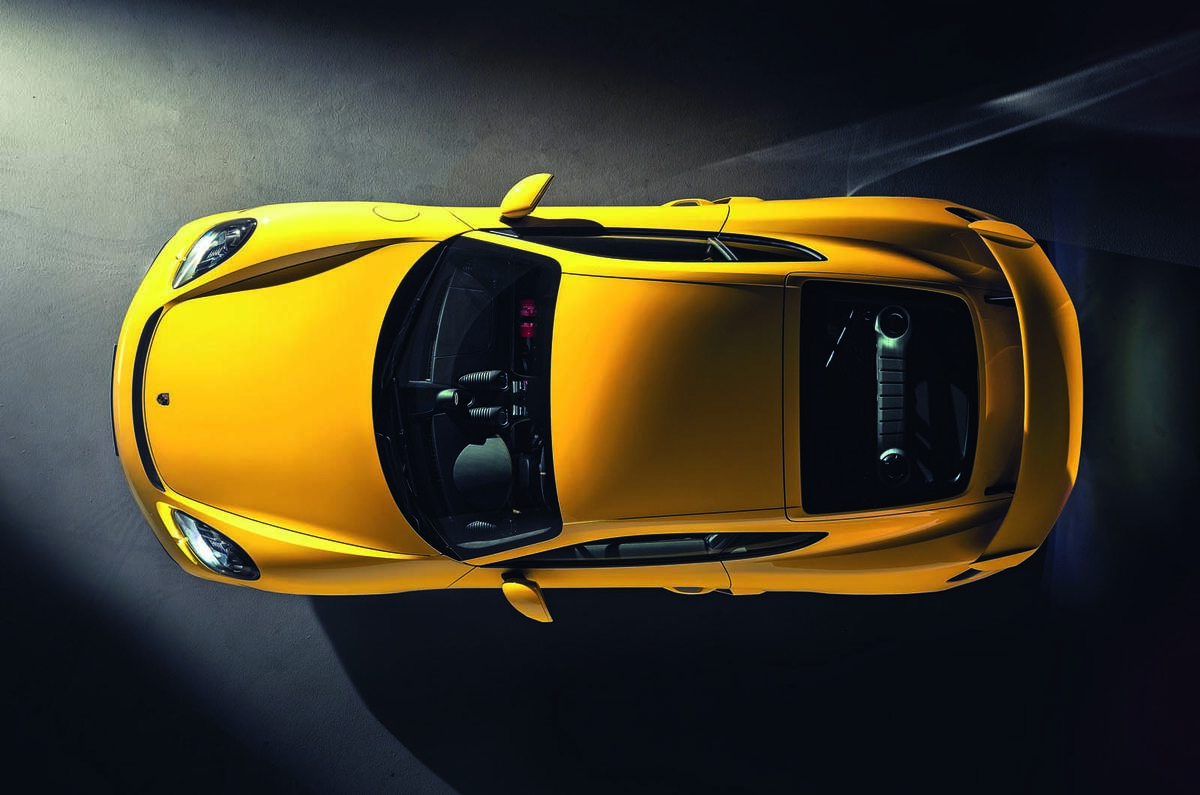

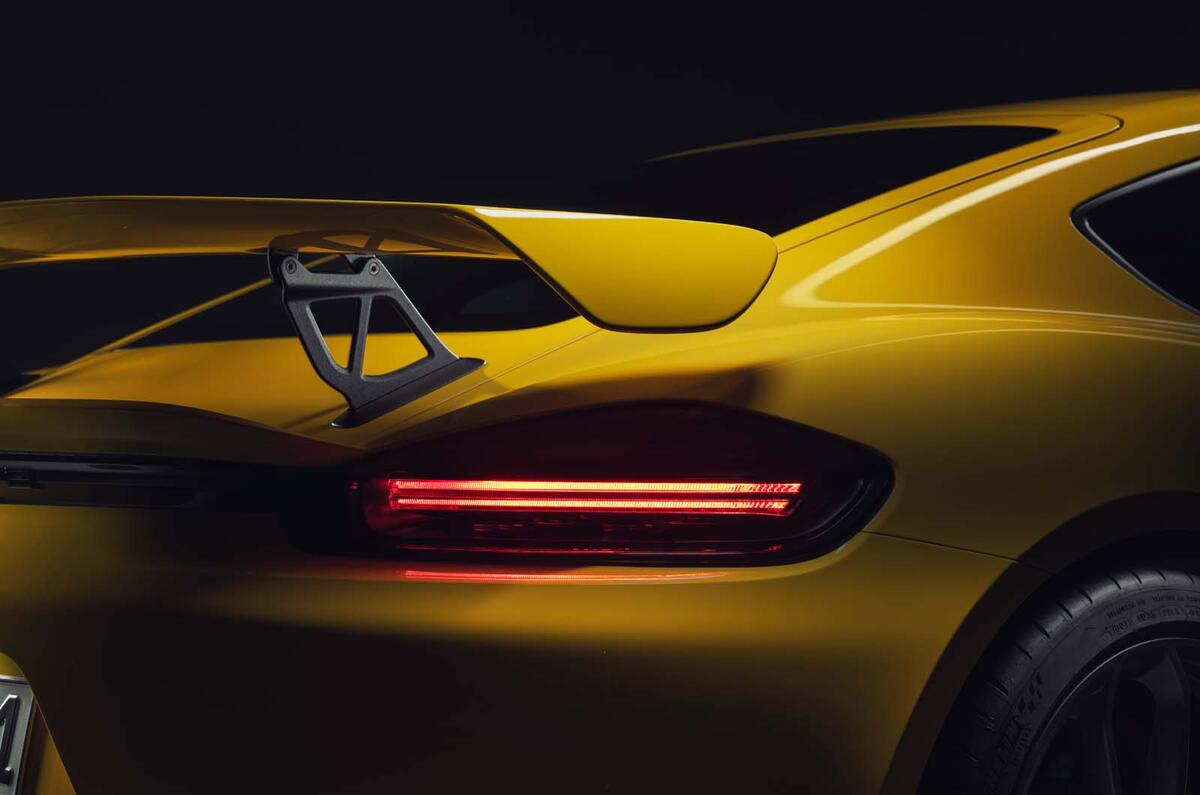
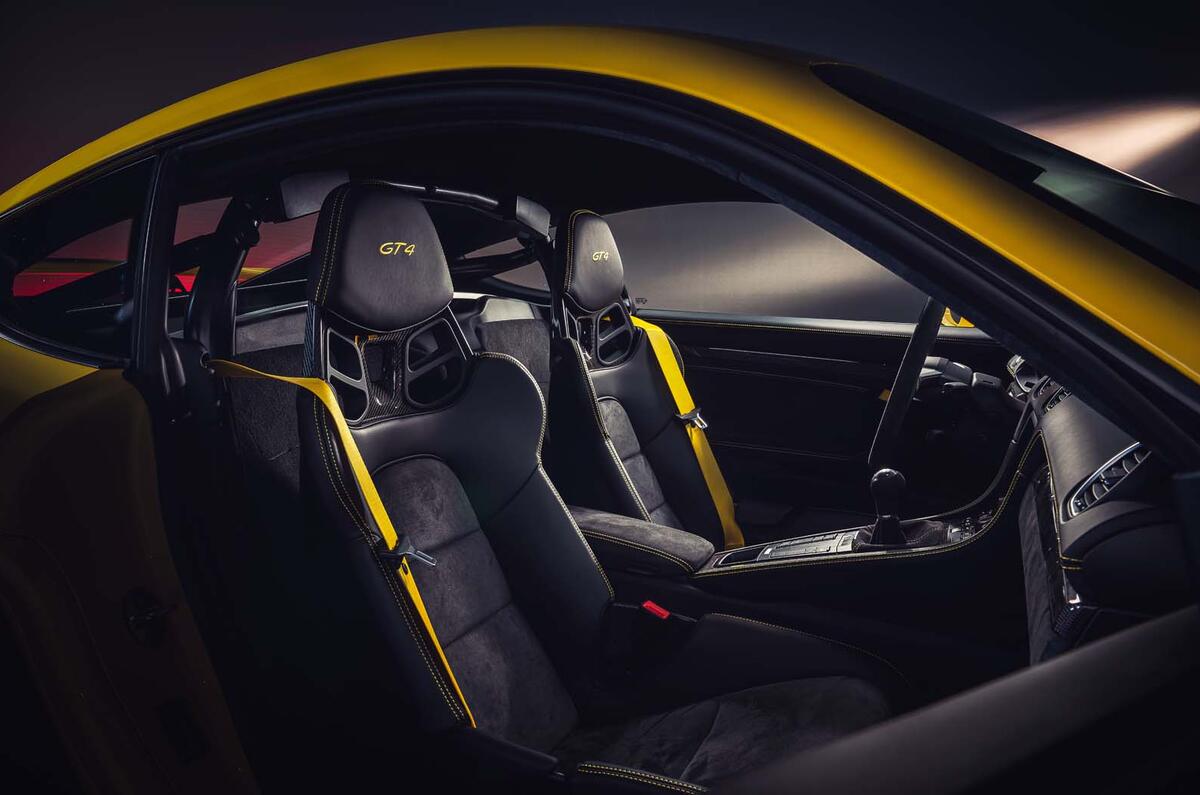
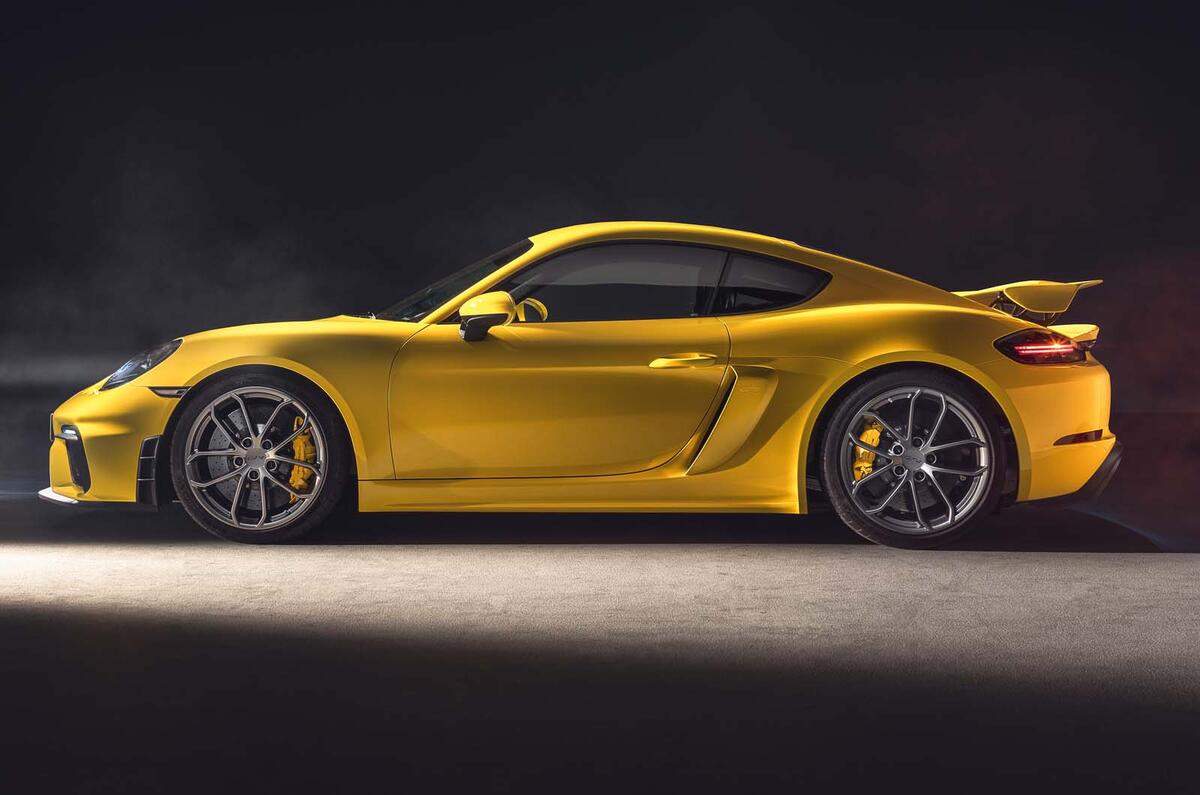

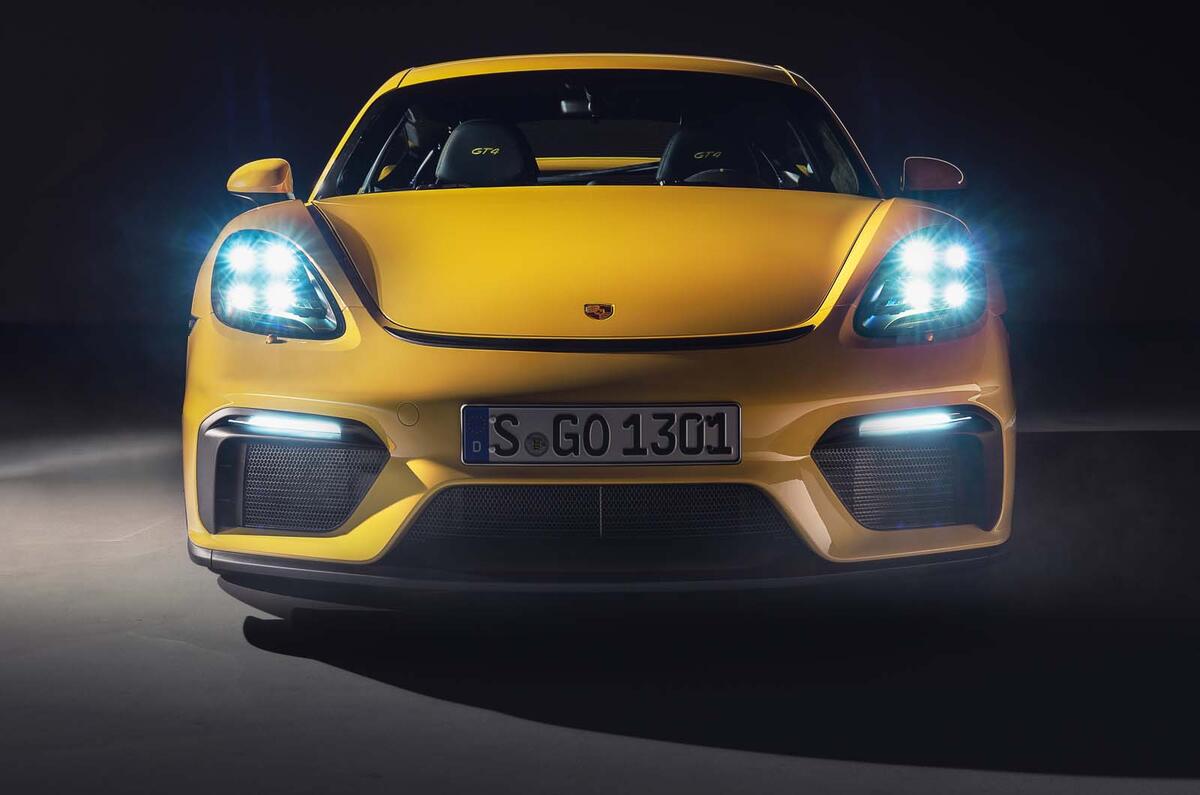


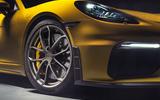
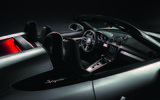


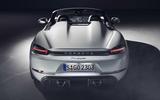
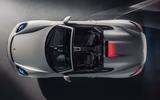
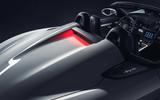







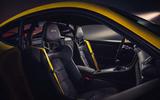




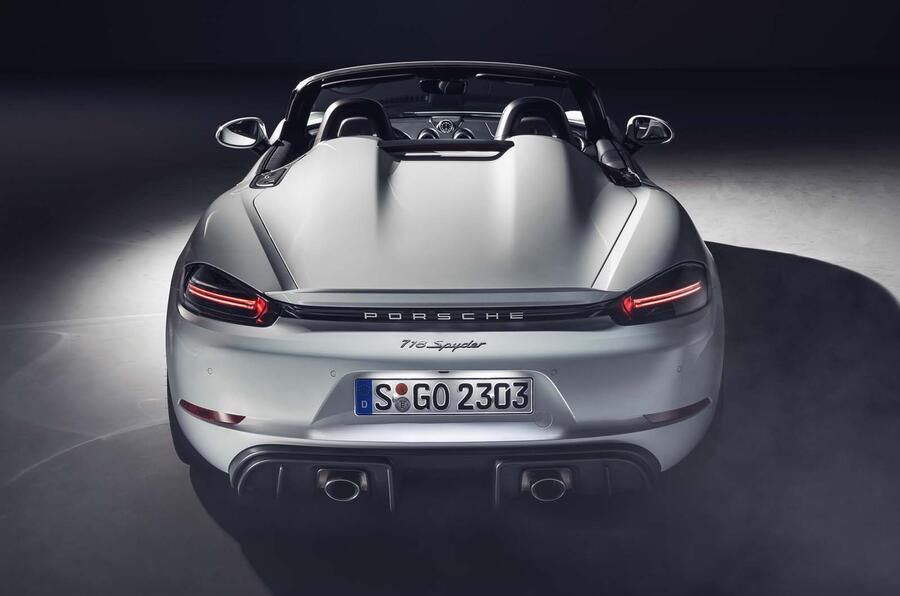
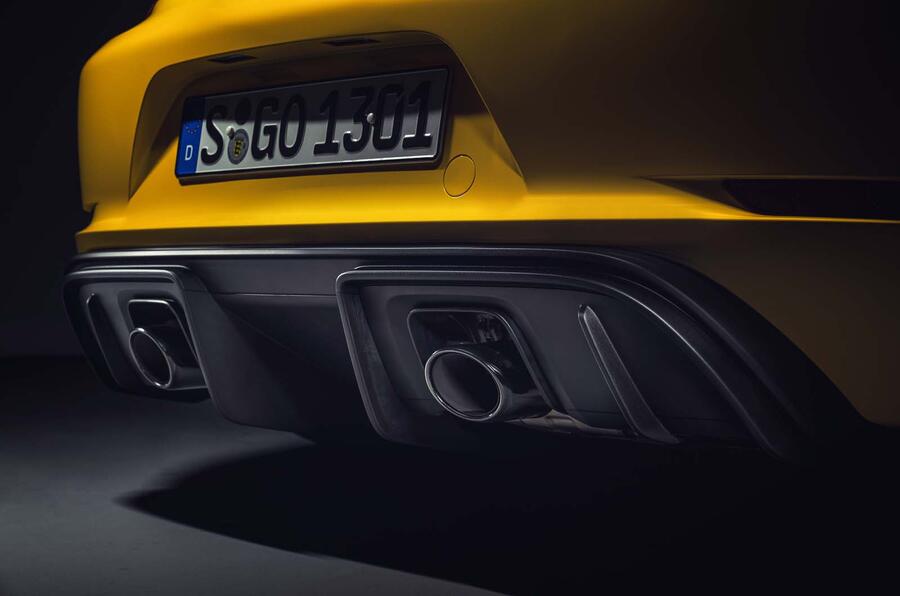


Join the debate
Boris9119
Return of the Daddy!
Return of the Daddy! What are you bringing to the fight?
275not599
Great news, but expensive!
Great news, but expensive! Can't blame Porsche for charging what the market can stand. Unusually, the Cayman GT4 is now $6000 cheaper in the UK, including taxes, than in the US, before taxes. This is down to the current exchange rate, £1 getting you $1.25. To be fair, the pound has in the distant past been even weaker than this, so of course the current rate has absolutely nothing to do with the prospect of BJ presiding over a no deal Brexit.
Leslie Brook
.
A friend of mine always wanted to be run over by a steam train. When it happened, he was chuffed to bits!
scrap
Leslie Brook wrote:
Like a Boxster or Cayman R you mean? Wouldn’t come cheap but would be lovely. I hope this new flat six is as nice to drive as the old one.
LP in Brighton
A Porsche with cylinder deactivation?
Well I assume that is what Porsche mean with the reference to "a new adaptive cylinder control system". I'm sure that this is good for part load efficiency, but I wonder what the car actually sounds like when it is working?
Otherwise, these cars sound very much like the enthusiasts choice albeit at a premium price!
ricequackers
How about the regular models?
This all sounds very cool, but it's expensive and availability will be limited. So how about putting an NA flat-6 back into the regular models again?
LP in Brighton
Regular models with NA engines?
This is never going to happen thanks to CAFE regulations. Porsche simply would not want to pay the fines - and it looks like downsized turbo engines, hybrids and battery power will be the way forward...
Peter Cavellini
Not bad.
Overall I like it, the wing is a bit Halfords, a bit what Gary called bling, it’s a Porsche it’ll be a great drive and it will sell especially in the land of the free America.
Peter Cavellini.
xxxx
As the Jam once said
'The public get the public want'. or something like that, any chance of a more basic/cheaper version, like the old one you could say.
typos1 - Just can’t respect opinion
5cylinderT
INSANE!!!! completely love it
INSANE!!!! completely love it, very glad they kept the flat six and the manual, it just keeps the tradition going.
the 0-60 hasnt changed unless as always they have understated the 0-60 time as the improvements should make this thing faster.
Pages
Add your comment